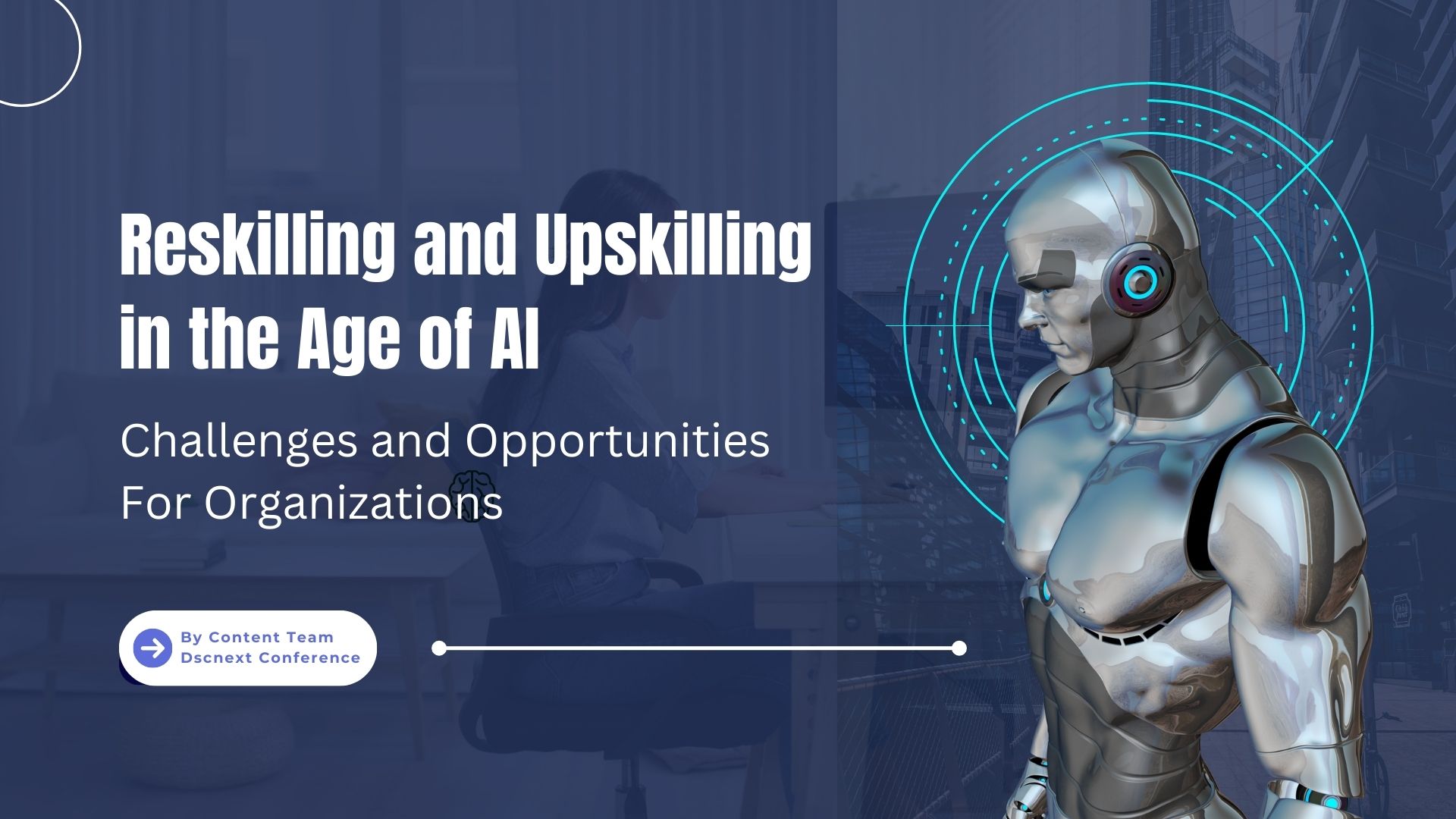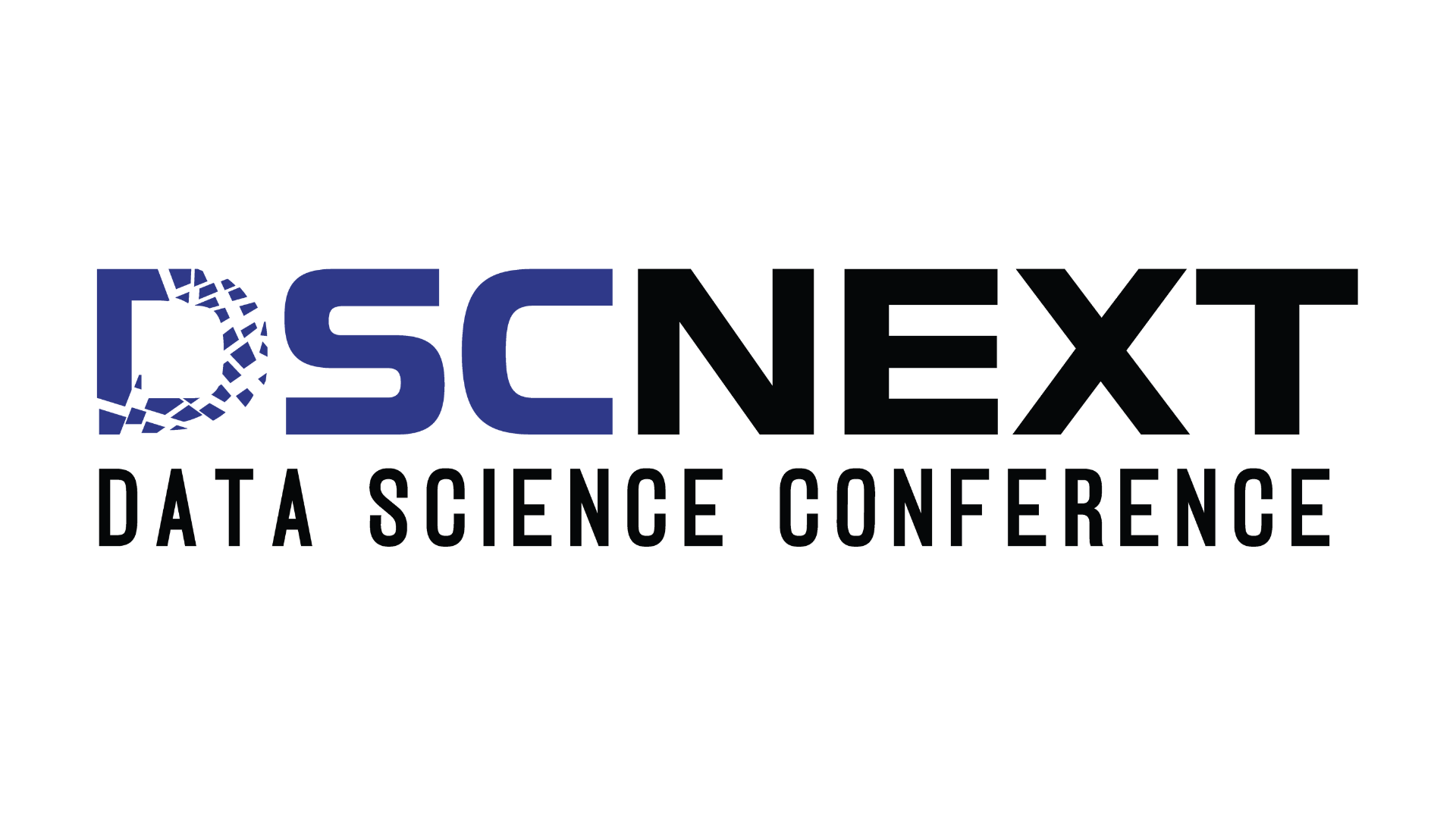
As artificial intelligence (AI) continues to reshape industries, the workforce landscape is undergoing a seismic shift. The rise of AI presents both significant challenges and unique opportunities for organizations. At the heart of this transformation lies the critical need for reskilling and upskilling employees to ensure they remain relevant and competitive in an increasingly automated world. This article explores the multifaceted challenges and opportunities organizations face as they navigate the complex terrain of workforce development in the age of AI.
The AI Revolution and Its Impact on the Workforce
AI technologies, from machine learning algorithms to natural language processing, are revolutionizing various sectors, including finance, healthcare, manufacturing, and retail. Automation and intelligent systems are enhancing productivity, improving decision-making, and creating new business models. However, these advancements also pose risks to job security, as tasks previously performed by humans are increasingly being taken over by machines.
For example, routine and repetitive jobs, such as data entry and basic customer service, are highly susceptible to automation. According to a report by the World Economic Forum, AI and automation could displace approximately 85 million jobs by 2025. This displacement necessitates a strategic response from organizations to mitigate potential disruptions and prepare their workforce for the future.
Challenges in Reskilling and Upskilling
1. Identifying Skill Gaps
One of the primary challenges organizations face is identifying the specific skill gaps that need to be addressed. As AI technologies evolve rapidly, predicting the exact skills required in the future can be daunting. Organizations must continuously monitor industry trends and technological advancements to align their reskilling and upskilling efforts with future needs.
2. Designing Effective Training Programs
Designing training programs that effectively address the identified skill gaps is another significant challenge. Traditional training methods may not be sufficient in equipping employees with the skills needed for AI-driven roles. Organizations need to invest in innovative training solutions, such as online courses, virtual simulations, and hands-on projects, to provide employees with practical experience and knowledge.
3. Overcoming Resistance to Change
Employees may resist reskilling and upskilling initiatives due to fear of the unknown or discomfort with new technologies. Overcoming this resistance requires a cultural shift within organizations, emphasizing the value of continuous learning and providing support to employees throughout their development journey.
4. Ensuring Inclusivity and Accessibility
Reskilling and upskilling programs must be inclusive and accessible to all employees, regardless of their background or current skill level. Organizations need to address potential barriers to participation, such as financial constraints, geographic limitations, and varying levels of technological proficiency.
Opportunities in Reskilling and Upskilling
1. Enhancing Employee Engagement and Retention
Investing in reskilling and upskilling can enhance employee engagement and retention. Employees who see opportunities for personal and professional growth are more likely to remain committed to their organization. By providing clear pathways for advancement and skill development, organizations can foster a motivated and loyal workforce.
2. Fostering Innovation and Agility
A well-trained workforce is better equipped to adapt to new technologies and processes. By reskilling employees, organizations can cultivate a culture of innovation and agility, enabling them to stay competitive in a rapidly changing market. Employees with advanced skills can contribute to the development and implementation of new AI-driven solutions, driving business growth and success.
3. Creating New Job Opportunities
While AI may displace certain jobs, it also creates new opportunities. For example, the rise of AI has led to an increased demand for roles such as data scientists, AI specialists, and machine learning engineers. Reskilling initiatives can prepare employees for these emerging roles, ensuring they are well-positioned to take advantage of new career opportunities.
4. Building a Future-Ready Workforce
Organizations that prioritize reskilling and upskilling can build a future-ready workforce capable of navigating the complexities of an AI-driven world. By investing in their employees’ development, organizations can ensure they have the skills and expertise needed to tackle new challenges and seize emerging opportunities.
Strategies for Effective Reskilling and Upskilling
1. Conduct Skills Assessments
Organizations should start by conducting comprehensive skills assessments to identify current capabilities and future needs. This involves evaluating the skills of existing employees, understanding industry trends, and determining the skills required for future roles. Skills assessments provide a baseline for designing targeted training programs.
2. Develop Customized Training Programs
Based on the skills assessment, organizations should develop customized training programs tailored to the specific needs of their workforce. These programs should include a mix of online learning, hands-on projects, and mentorship opportunities. Collaboration with educational institutions and industry experts can also enhance the quality and relevance of training initiatives.
3. Foster a Culture of Continuous Learning
Creating a culture that values continuous learning is essential for successful reskilling and upskilling. Organizations should encourage employees to pursue professional development opportunities and recognize their achievements. Providing access to learning resources, such as online courses and industry certifications, can support employees in their learning journey.
4. Leverage Technology for Training Delivery
Technology can play a crucial role in delivering effective training programs. Organizations can utilize e-learning platforms, virtual reality (VR) simulations, and AI-driven personalized learning solutions to enhance the training experience. These technologies can provide employees with interactive and immersive learning experiences that are both engaging and effective.
5. Measure and Evaluate Training Outcomes
To ensure the effectiveness of reskilling and upskilling initiatives, organizations should regularly measure and evaluate training outcomes. This involves assessing employee progress, gathering feedback, and analyzing the impact of training on performance and job satisfaction. Continuous evaluation allows organizations to make data-driven adjustments to their training programs and achieve better results.
Conclusion
The age of AI presents both challenges and opportunities for organizations in the realm of reskilling and upskilling. While the rapid pace of technological change can create uncertainties, it also offers organizations the chance to build a more skilled, agile, and innovative workforce. By addressing the challenges of skill gap identification, training program design, resistance to change, and inclusivity, organizations can unlock the full potential of their employees and thrive in an AI-driven world. Embracing a proactive approach to workforce development will not only enhance organizational resilience but also pave the way for long-term success in the evolving landscape of work.


